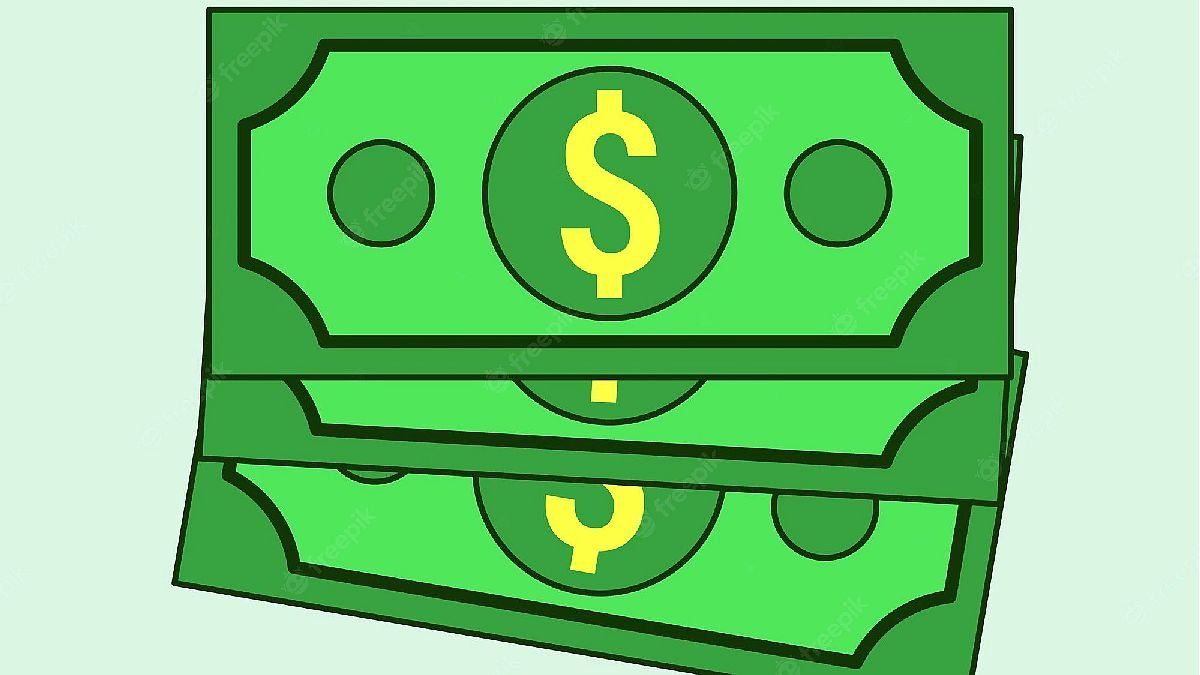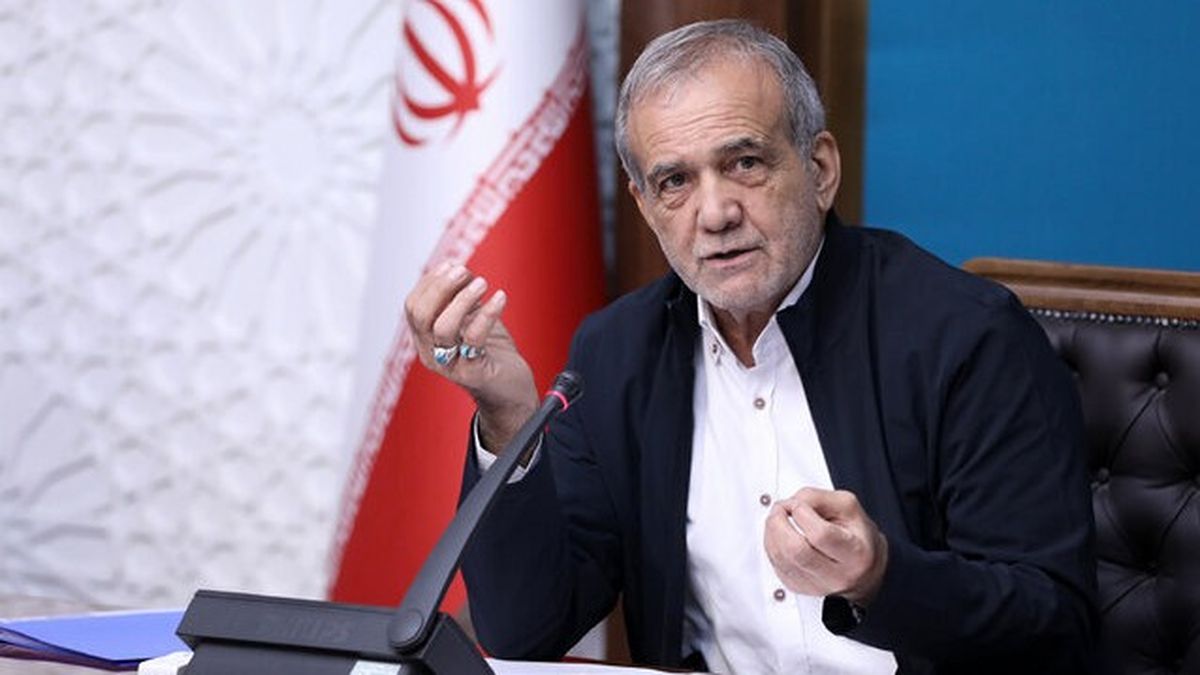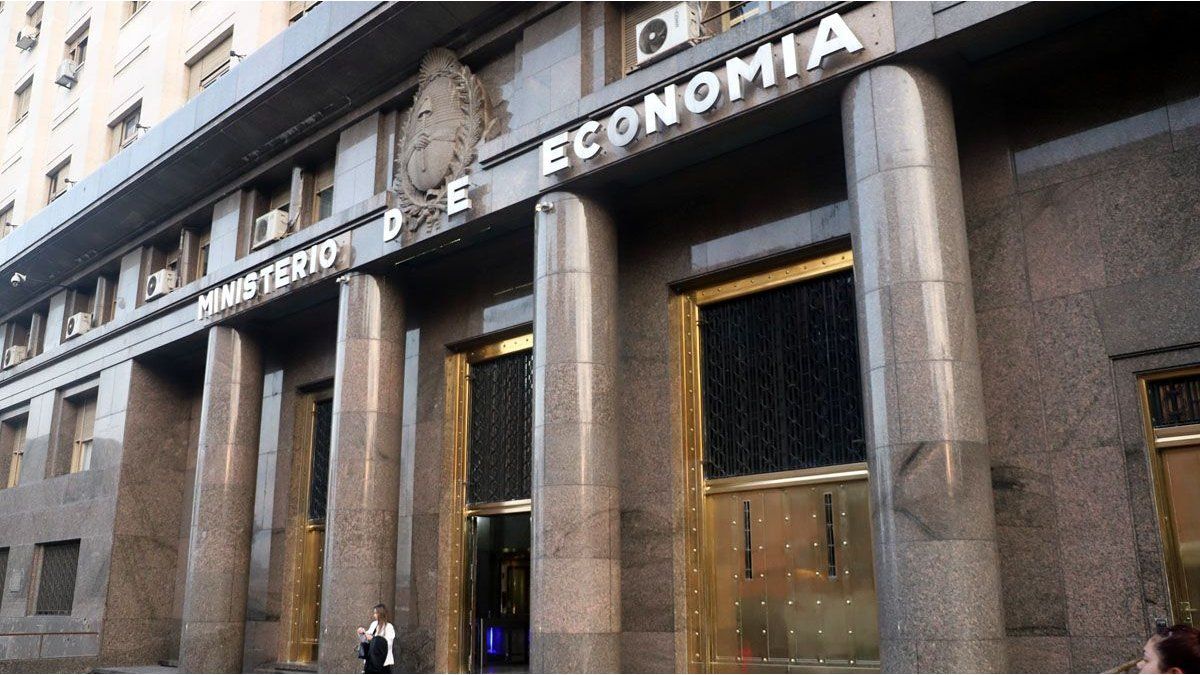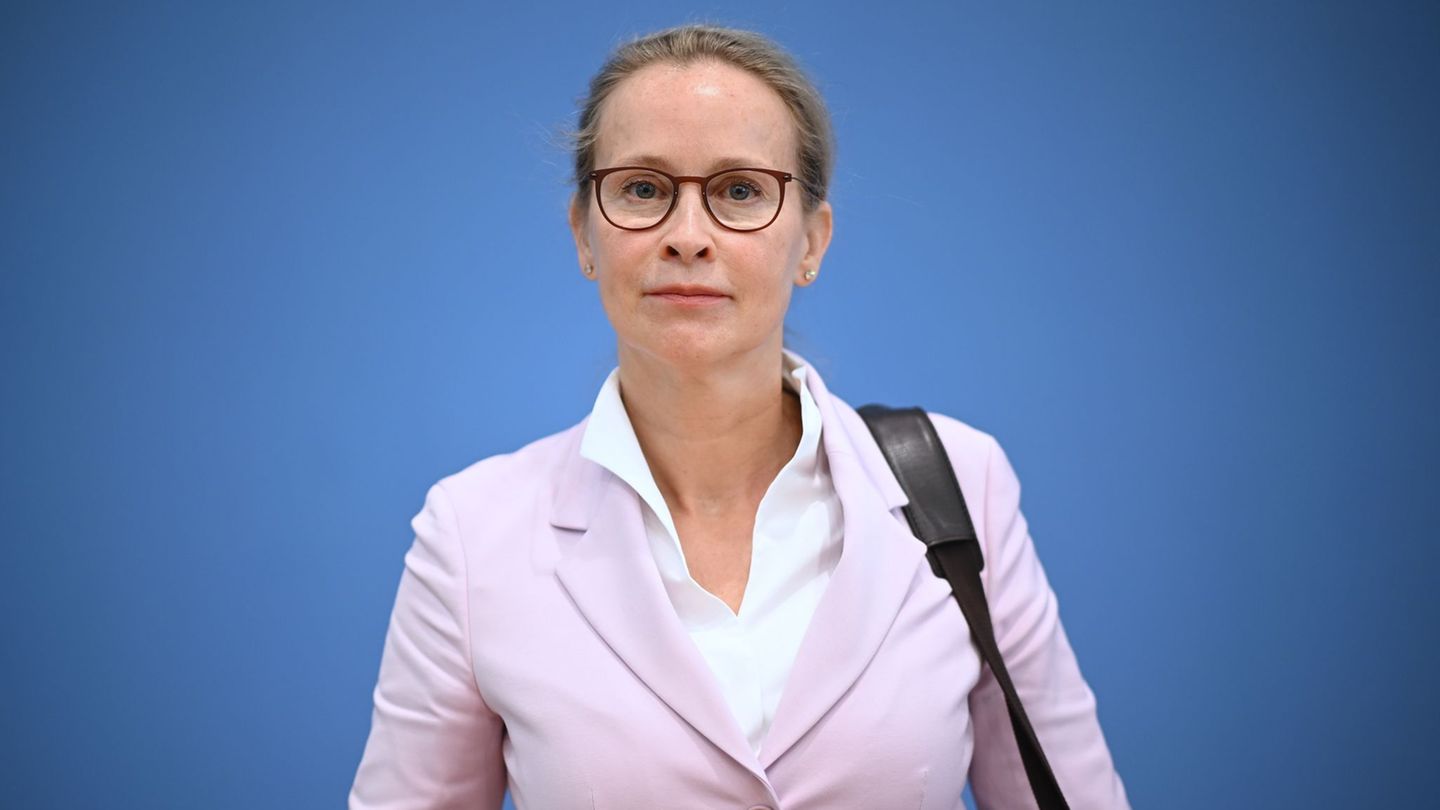The government closed imports, this implies that it lowered the blind of trade with the world for a few months, until recomposing the reserves that are located at extremely low levels.
The problem is not about the dollars that leave, the real conflict is in the exchange rate policy that, with a double standard of prices, means that the dollars that enter through the capital market do so at a price that is double the official market. . The distrust of Argentine citizens, who emigrate from the country to finance the arrival of investments at a price of the dollar that is twice the official price, is not minor.
Dollars: how do they come and how do they go?
An investor can come to Argentina with dollars via a bank and exchange them at the Central Bank of the Argentine Republic. Today, for this operation, I would change them to $125, in this way dollars would enter the reserves of the Central Bank, increasing assets, and the Central Bank would issue pesos, increasing liabilities.
In Argentina, the Central Bank does not finance any unauthorized outflow of funds abroad, there is a super trap that does not allow citizens to sell dollars, at least in the amount they would like. You can buy a solidarity dollar only in certain situations and for a whopping $200 a month. If a citizen wants to take money out of Argentina, he has to buy dollars in the informal market and take them out illegally, or do it legally by buying an Argentine bond and selling it abroad, in this way he must pay $250, twice the wholesale dollar of $125.
Those who wish to invest in Argentina, either because they have confidence in the country, or because Argentina has raw materials that the world does not have today and needs, will bring the dollars in the way that suits them best. An investor can choose to bring the dollars through the bank route to $125 or enter them via the capital market at $250. Both operations are legal, transparent and traceable. If it brings them through banking, it will end up increasing the reserves of the Central Bank, if it brings it through the capital market, it will be financing the exit of an investor from the country, and it would not generate any movement in the reserves. Whoever brings dollars through the capital market is financing the outflow of dollars from a local economic agent.
Argentina’s problem does not pass because the demand for products from abroad rises, we have a trust problem, therefore, the market cannot be freed from pesos and the dollar, if this were to happen the price of the peso would depreciate by leaps and bounds.
The debt in pesos of the Treasury as of May totals $14,000,000 million, if to this we add the stock of the monetary base, the bills and passes of the BCRA, which add up to $9,250,000 million as of May, the stock of pesos that can go in search of dollars add up to $23,250,000 million, this without counting the bank deposits that in pesos add up to $12,000,000 as of May 31. Adding the three concepts we have $35,250,000 million.
If we buy these amounts with the reserves as of May 31, which add up to US$41,561 millionwe would obtain 3 possible exchange rate values, namely:
- If we take the stock of the monetary base, bills and repos of the BCRA on reserves, it would give us an equilibrium dollar of $222.60 as of May 31.
- If we take the stock of the monetary base, bills and passes of the BCRA plus the debt in pesos of the Treasury, the equilibrium dollar would give us $559.40 as of May 31.
- If we take the stock of the monetary base, bills and passes of the BCRA plus the debt in pesos of the Treasury and the deposits in pesos of the financial system, the equilibrium dollar would give us $848.15 as of May 31.
With these numbers in hand, it is clear that it is impossible to dollarize the economy, since many dollars would have to be obtained in order to have a reasonable exchange rate, or else make an exchange rate adjustment that society could not bear.
These values reflect the reason why Argentina must live with a harsh trap, as the government fails to convey confidence, it must force economic actors to remain in the local currency, without this obligation everyone would opt for the dollar. Argentina, in fact, lives a bi-monetary economy.
With such a large amount of pesos issued in the economy, the peso has become a quasi currency, which we all use to circulate in the country, but we do not save it because we know that it will lose purchasing power given the fatality of our governments that do not they know how to administer the public budget.
The peso should serve as a currency of exchange, something that is relative today since it is a currency so devalued that it is only used for minor transactions. Second, the peso should serve as a value reference, something that is also not true because the prices of cars or properties are reflected in the US currency. Finally, the weight should serve as a store of value, something that it cannot fulfill from any point of view. In summary, the peso is used as currency and value reference in small transactions, for large transactions, from cars and properties onwards, everything is fixed in dollars. Few Argentines save in the local currency.
Conclusions
- The double path to enter dollars at $125 or $250 per dollar should be unified and we would have to have a single exchange rate, in this way those who wish to enter dollars into the country would do so through the path of the Single Free Exchange Market and this strengthened the reserves, the government should submit to the will of the people and those who wish to migrate do so without any inconvenience.
- Probably, before freeing up the foreign exchange market, the government should stop having a fiscal deficit, so as not to increase the monetary liabilities of the Central Bank and the debt of the Treasury, which today amounts to $23,250,000 million.
- What we say in good romance is that Argentina cannot have more fiscal deficit, it cannot issue more pesos and even less debt in pesos. This would be a very strong signal so that the Argentines, if they wish, can keep pesos in their hands.
- At present, the enormous amount of pesos and the low denomination of bills make the peso a nuisance in commercial transactions. The peso has become a low-value quasi-currency.
- The rates in pesos that the State pays to finance itself are around 80% and 100% per year, either measured in interest rates or when it places a bond in pesos adjusted for inflation plus an additional rate.
- Under the current path of exchange rate duality, high interest rates, closure of imports, restrictions on the payment of debt abroad and exchange trap, there is no chance that the government will get us out of this crisis, a change of ministers that maintain these policies, it will be more of the same, the same crisis with different actors.
Source: Ambito




